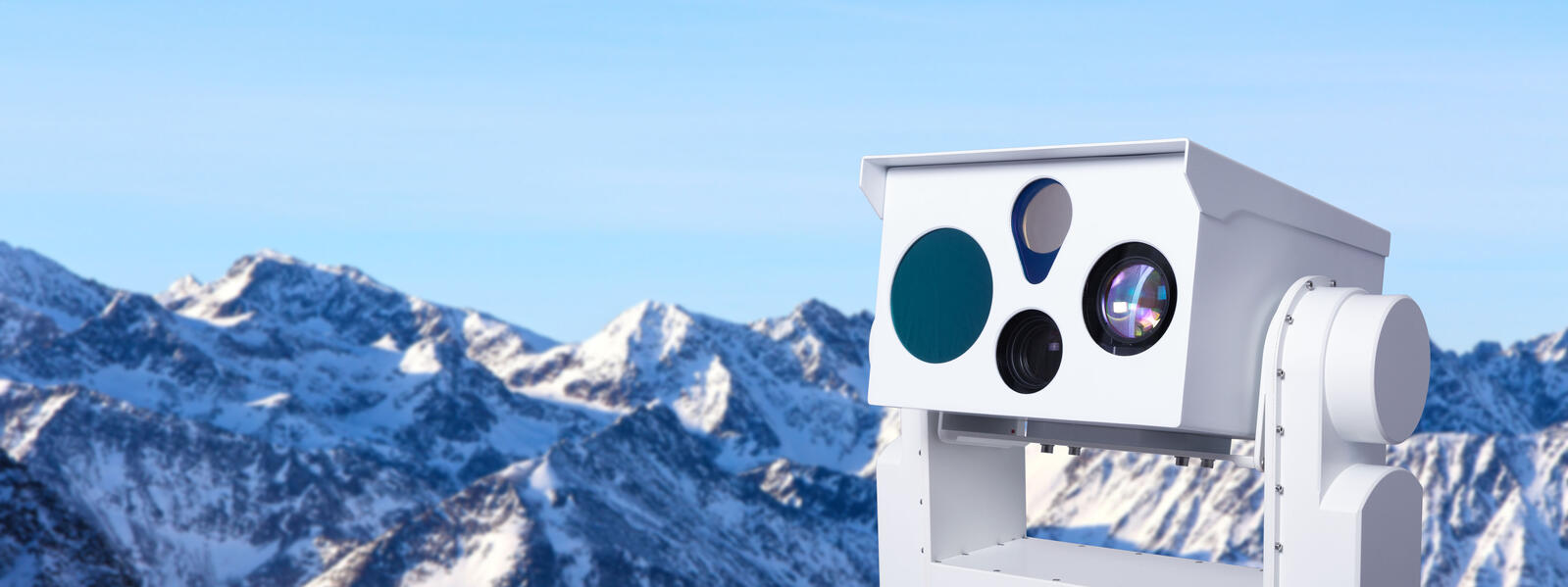See Beyond Human Vision
The light that humans see is only a small portion of what is called the electromagnetic spectrum. This spectrum is comprised of various frequencies of electromagnetic radiation, waves of energy that travel through space. The electromagnetic spectrum includes radio waves, WiFi, microwaves, radiant heat, visible light, ultraviolet, and even harmful x‑rays and gamma rays.
Many subsets of this electromagnetic radiation can be focused and detected by various imagers. Visible light is an obvious option as this is what most digital cameras detect, but there are also technologies that focus and detect infrared energy, allowing us to see details and information beyond what the human eye is able to see and detect, which can be hugely beneficial for surveillance systems. These images range from being similar to what we see but just outside our visible range to energy that is very different from what we see and shows us how hot the objects in a scene are. Each technology has its pros and cons.
The following video shows a scene in three different wavelength spectrums. The visible spectrum (which shows the heat as mostly invisible other than heat waves), the MWIR spectrum (most commonly used for cooled thermal cameras), and the SWIR spectrum:


